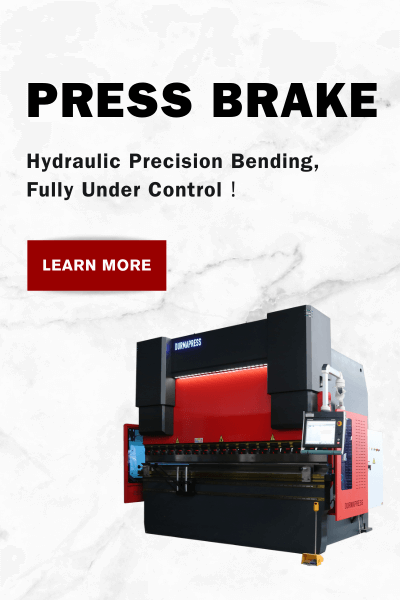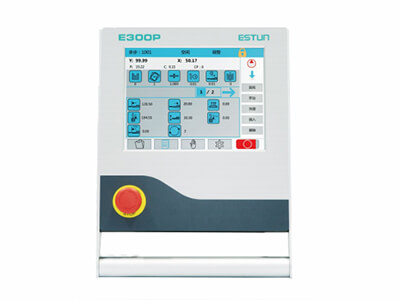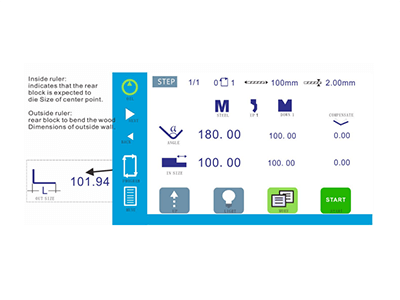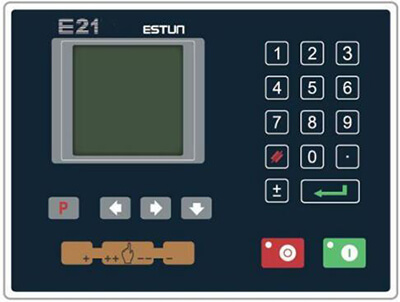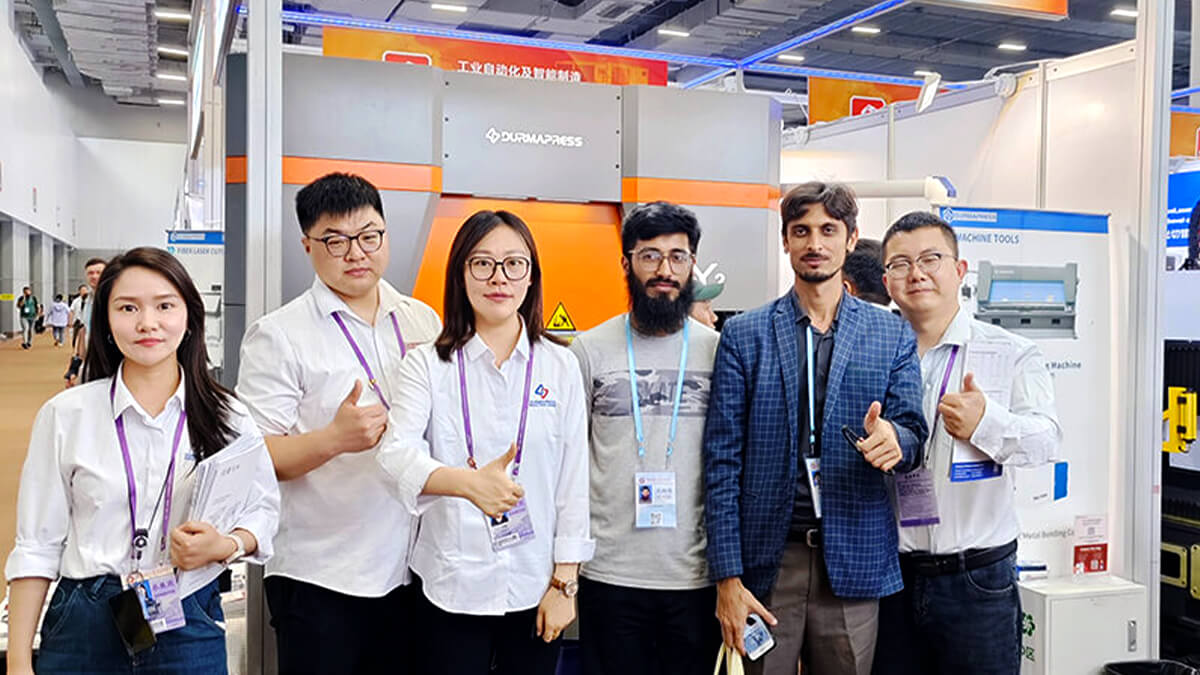
How does the laser check system achieve precision and efficiency in bend angle measurement?
In today's manufacturing industry, the importance of laser check bending angle measurement systems cannot be understated. The advancements in this technology have not only propelled the growth of the manufacturing sector but have also been crucial in ensuring product quality and precision. In this article, we delve deep into the working principles, application areas, and the impact of bending angle measurement systems on the industry.
Introduction to bending angle measurement systems
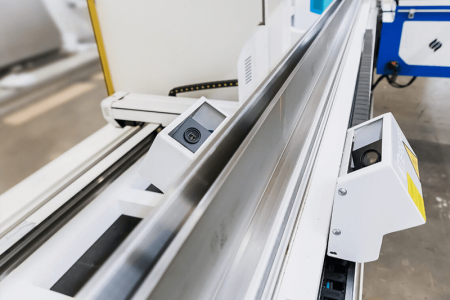
Bending angle measurement systems are specialized tools used for measuring and controlling the bending angle of metals or other materials during the processing stage. These systems typically combine advanced sensor technology, precise measurement equipment, and user-friendly interfaces to achieve accurate control over the bending process.
Working principle
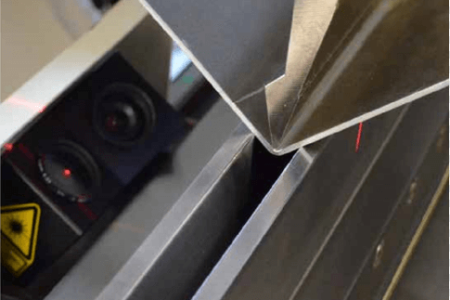
The core of these systems is high-precision sensors, such as laser sensors, capable of measuring the angle of the bent parts and transmitting this data in real time to a control unit. The control unit adjusts the machine based on preset parameters or operator inputs to ensure the precision of the bending angle. The bending angle is mainly measured by scanning a laser projected onto the surface of the sheet with a CMOS camera. The angle between the laser and the camera's observation axis determines the measurement distance, and these data are used to calculate the angle between the sensor and the sheet. A second sensor in the opposite direction is used to calculate the bending angle together.
Features of bending angle measurement systems
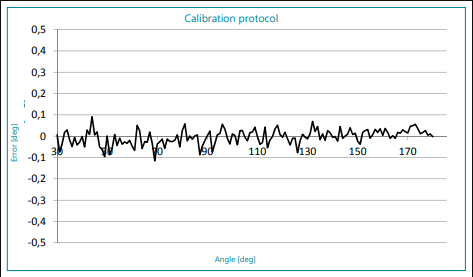
- Laser Check sensors are mounted on the press brake machine, below the lower die, at an angle of 35°-55° from the vertical line. The working distance (between the sensor and the sheet) is 80 mm-300 mm, depending on the type of sensor. Sensors can be moved along the lower die manually or automatically. The angle for measurement determined by the sensor's position ranges from 30°-180°. Each measuring position requires two sensors. Four sensors can independently correct the laser to compensate for angular differences in long-distance bending.
- The sensors in the Lase Check product series are specifically designed for sheet metal applications. Thanks to their robust structure and simple technical features, they can achieve precise measurements even in harsh environments.
- The accuracy of the sensors is within ±0.1°. The precision of bending is influenced by the controller, machine precision, dies, and sheet material. To enhance bending precision, sensors need to be calibrated after installation to eliminate installation errors.
- The high-speed GigE cameras in Laser Check sensors enable real-time measurement with a refresh rate of up to 100Hz. USB sensors support a refresh rate of up to 50Hz.
Advantages of using bending angle measurement systems
Improving the processing quality of bending work pieces and reducing the scrap rate are important goals of the production workshop, and the laser angle measurement system for bending machines was born accordingly. Changes in plate thickness, changes in mechanical properties between different materials or even different batches of materials, and changes in the nesting direction of the work piece during the laser blanking stage will all cause the bending angle of the final processed product to fluctuate to a certain extent, or even exceed Deviation requirements. The laser angle measurement system can detect the angle of the work piece in real time through cameras installed at the front and rear of the workbench, while controlling the depth of the movable beam to ultimately obtain a stable, high-quality bending angle.
Application areas
Automotive Industry: In the automotive manufacturing process, the precision of bending angles is essential for ensuring vehicle safety and performance. These systems are used in the manufacture of body parts, chassis, and other key components.
Aerospace: The aerospace industry demands high precision in component manufacturing. Bending angle measurement systems play a crucial role in the production of structural parts of aircraft.
Construction and Structural Engineering: In the construction industry, these systems are used for processing steel and other structural materials, ensuring the stability and safety of buildings.
Technological advances and industry impact
The introduction of bending angle measurement systems has transformed the production methods in many industries. They have increased production speed, reduced material waste, thereby lowering costs and increasing profit margins. Additionally, the precision of these systems has also enhanced product quality, strengthening consumer trust in brands. Despite the many benefits, these systems also face challenges such as high costs, technological updates, and maintenance requirements. In the future, we expect these systems to continue evolving toward greater automation and intelligence, further enhancing their precision and efficiency.
Bending angle measurement systems play a crucial role in modern manufacturing. As technology continues to advance, they will keep driving innovation and development in the industry, offering precise and efficient solutions for the manufacture of various products. For manufacturing enterprises wishing to remain competitive, investing in these advanced measurement systems is a key step towards the future. We offer the development and manufacturing of advanced mechatronic solutions for the sheet metal industry (Laser Check). If you need to, please consult us.
Share:
Social Media
Most Popular


Welcome Australian And Philippine Customers To Durmapress!
.jpg)
Very Complete CNC Bending Basic Tutorial
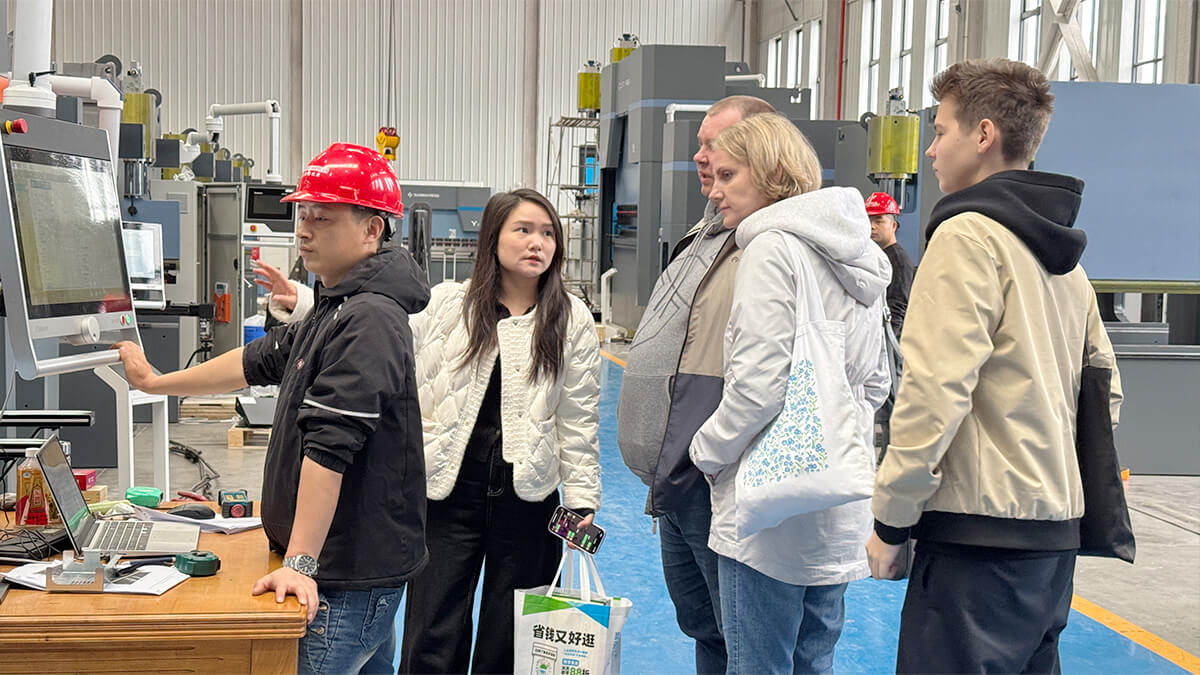
Russian Delegation Explores Durmapress’ Advanced Machinery!
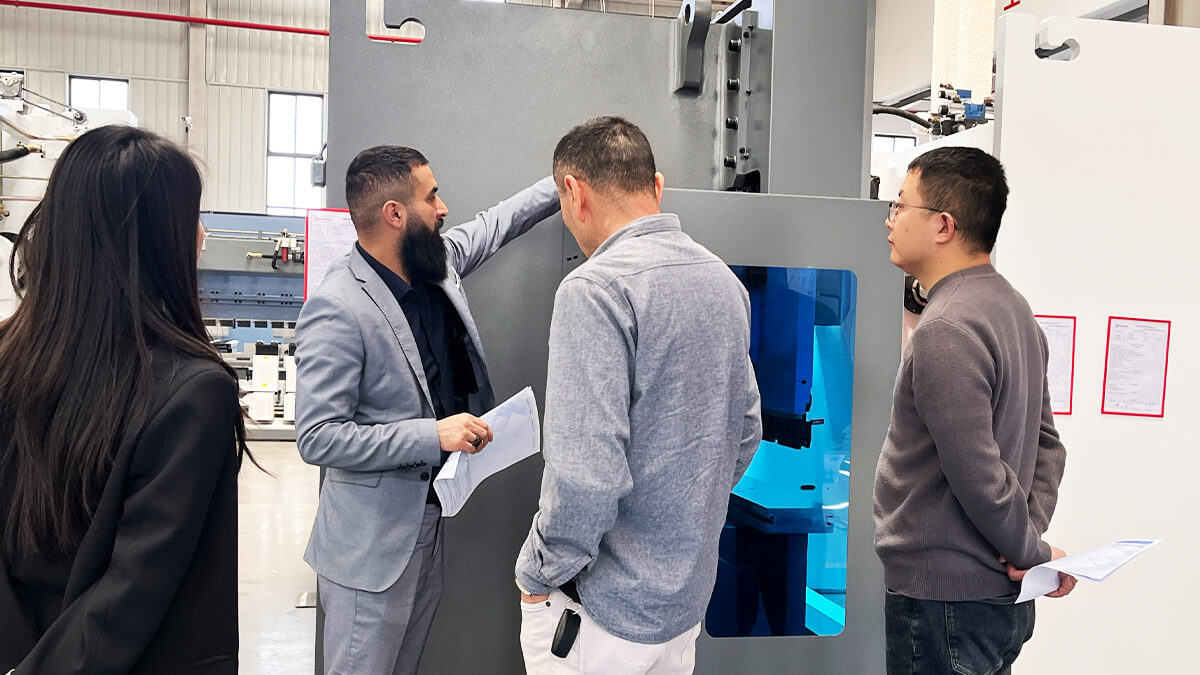
Austrian Customer Visits Durmapress Factory!
Contact us
If you have any problem please send message to us!
